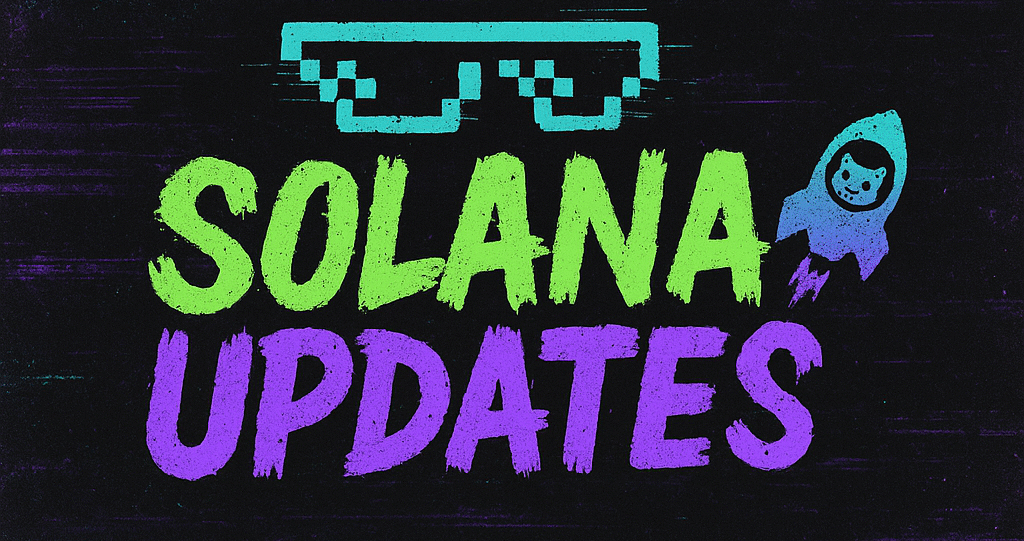Solana’s Firedancer Proposes Uncapping Block Compute-Unit Limit: A New Era for Blockchain Scalability
Solana, a high-performance blockchain network known for its speed and scalability, is once again making headlines. This time, the buzz is around Firedancer, a project within Solana, which has proposed a significant change to the network’s protocol: uncapping the block compute-unit limit. This proposal aims to further enhance Solana’s already impressive scalability, potentially setting a new standard for blockchain technology.
Understanding the Compute-Unit Limit
To appreciate the impact of this proposal, it’s essential to first understand the concept of a compute-unit limit. In blockchain networks, compute units are a measure of the computational resources required to execute transactions and smart contracts. By setting a cap on these units per block, networks can manage resource allocation and maintain stability. However, this can also limit the number of transactions processed per second, affecting scalability.
The Firedancer Initiative
Firedancer, a project developed by Jump Crypto in collaboration with Solana, is designed to optimize the Solana network’s performance. By proposing to uncap the block compute-unit limit, Firedancer aims to remove bottlenecks in transaction processing, allowing for a greater throughput. This could lead to a significant increase in the number of transactions Solana can handle, further solidifying its position as one of the most scalable blockchains.
Potential Implications
Uncapping the compute-unit limit could have several implications for the Solana network and its users. Firstly, it could enhance the network’s ability to support high-demand applications, such as decentralized finance (DeFi) platforms and non-fungible token (NFT) marketplaces, which require rapid transaction processing. Additionally, it may attract more developers to the platform, eager to leverage its scalability for innovative projects.
However, this change is not without its challenges. Removing the cap could result in increased network load, potentially leading to higher operational costs for validators. It will be crucial for the Solana community to carefully evaluate these trade-offs to ensure that the benefits outweigh the potential downsides.
Broader Context in the Blockchain Ecosystem
This proposal from Firedancer comes at a time when the blockchain industry is witnessing rapid innovation and experimentation. Notably, the United Nations has been experimenting with blockchain technology to improve transparency and efficiency in humanitarian efforts. Meanwhile, Gate.io has launched a token launcher to facilitate the creation and deployment of new tokens on blockchain networks. These developments highlight the growing interest in blockchain technology and the continuous drive to push the boundaries of what is possible.
Conclusion
As the Solana network considers this bold proposal from Firedancer, the blockchain community is watching closely. If successful, uncapping the block compute-unit limit could not only enhance Solana’s scalability but also inspire other networks to explore similar innovations. This move could be a pivotal moment for Solana, reinforcing its reputation as a leader in the blockchain space and potentially reshaping the future of decentralized technology.
🛒 Recommended Product: Check out top-rated crypto gear on Amazon


